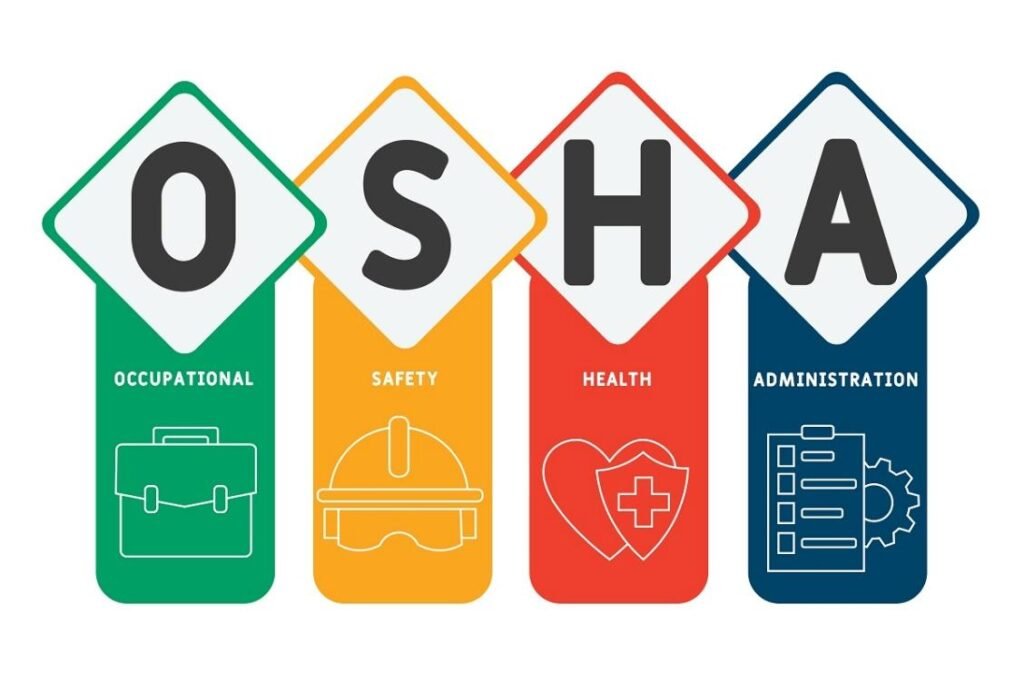
The Essential Role of Construction Supervision in Quality Compliance
Understanding Construction Supervision
Construction supervision is a critical aspect of the construction industry, serving as a bridge between project planning and execution. This role encompasses various responsibilities aimed at ensuring that construction projects adhere to established plans, regulations, and quality standards. The primary objective of construction supervision is to monitor the construction process, ensuring that every phase aligns with the specified requirements and industry benchmarks.
Construction supervisors act as the oversight body for projects, bringing a unique set of skills and expertise to the construction site. Their duties extend beyond simple oversight; they are tasked with enforcing compliance with safety regulations and operational standards, thus safeguarding the well-being of workers and the surrounding environment. Effective supervision involves constant communication with workers, project managers, and stakeholders, ensuring that everyone is on the same page regarding project objectives.
The role of a construction supervisor differs significantly from other related roles, such as project managers and site engineers. While project managers typically focus on the overall planning, budgeting, and scheduling aspects of a project, construction supervisors are dedicated to daily oversight and performance monitoring. They ensure that work is performed efficiently and address any discrepancies or issues that may arise during the execution phase. Additionally, supervisors are responsible for documenting progress and reporting back to project management, providing essential feedback that influences future decision-making.
In essence, construction supervision is vital for maintaining the integrity and quality of construction projects. It involves not only technical expertise but also strong leadership and communication skills to create a collaborative environment on-site. By fulfilling their responsibilities diligently, construction supervisors contribute significantly to the successful completion of projects, ultimately leading to enhanced satisfaction for clients and stakeholders alike.
Key Compliance Standards and Regulations

In the realm of construction, adherence to quality standards and regulations is paramount to ensure safety, sustainability, and structural integrity. Compliance is driven by an intricate framework of local, state, and federal codes designed to govern construction practices. Among the most significant regulations are the building codes established by local authorities, which vary from one jurisdiction to another. These codes dictate the minimum standards necessary for construction and renovation projects, ensuring that structures can withstand environmental stresses while remaining safe for occupants.
At the state level, regulations can include additional requirements specific to regional considerations such as seismic activity, flooding, or hurricanes, further ensuring that buildings are equipped to handle local challenges. Federal regulations, such as those promulgated by the Occupational Safety and Health Administration (OSHA), focus on the safety and health of workers on construction sites, setting forth guidelines that must be followed to prevent accidents and injuries.
Industry-specific standards also play a crucial role in quality compliance. For example, the International Organization for Standardization (ISO) offers a series of certifications relevant to the construction industry, such as ISO 9001, which relates to quality management systems. These certifications ensure that companies adhere to globally recognized best practices, fostering continuous improvement and client satisfaction. Moreover, staying abreast of these standards is vital, as non-compliance can lead to significant repercussions, including legal liabilities, financial penalties, and project delays.
Consequently, construction supervisors must actively monitor regulatory changes, keeping their teams well-informed about any updates or alterations that may impact ongoing and future projects. This diligence is not just a legal obligation; it is essential for maintaining high-quality outputs across the construction spectrum. Ensuring compliance ultimately protects the interests of all stakeholders involved, paving the way for successful project execution.
Methods and Tools for Effective Monitoring
Effective construction supervision relies on a variety of techniques and tools to ensure compliance with quality standards. Among the most vital methods are regular site inspections, which allow supervisors to assess project progress and ensure adherence to specifications. These inspections often encompass a range of elements, including material quality, workmanship standards, and safety protocols. By maintaining an organized schedule for inspections, supervisors can identify any deviations early and implement corrective measures promptly, thus mitigating potential issues.
In addition to traditional inspection methods, the integration of technology has revolutionized the construction industry. Building Information Modeling (BIM) is one such technology facilitating enhanced project monitoring. BIM provides a digital representation of physical and functional characteristics of the project, allowing supervisors to visualize potential problems before they arise. By utilizing BIM, supervisors can coordinate with various stakeholders, ensuring that all parties are aligned in their understanding of the project’s specifications and timelines.
Drones have also emerged as invaluable tools for construction supervision. These unmanned aerial vehicles allow supervisors to capture high-resolution images and videos of job sites, making it easier to monitor progress from various angles. Drones can cover large areas quickly, enabling supervisors to assess site conditions efficiently. This technology not only saves time but also enhances the accuracy of project assessments, allowing for timely interventions when necessary.
Documentation and reporting play a critical role in effective construction supervision. Maintaining comprehensive records of inspections, changes, and communications ensures that all stakeholders have access to crucial information, fostering transparency and accountability. Best practices include routinely updating project logs, taking detailed photographs during inspections, and ensuring that all reports are accessible to team members. By utilizing these methods and tools, supervisors can ensure a thorough and efficient supervision process that upholds quality compliance throughout the construction project.
Case Studies: Success Stories of Quality Compliance
Effective construction supervision has proven to be pivotal in ensuring quality compliance within various projects. Numerous case studies highlight the substantial benefits that diligent oversight can bring, showcasing real-world examples of successful execution. One notable instance involves a commercial building project in New York, where rigorous supervisory practices were instrumental in meeting stringent safety codes and environmental regulations. The supervising team conducted regular inspections and implemented a series of quality assurance protocols that facilitated compliance with local building standards. As a result, the project was completed on time and under budget, while also achieving LEED certification for its sustainable design.
Another exemplary case occurred in a public infrastructure project aimed at upgrading aging bridges. Here, construction supervision played a crucial role in adhering to quality standards mandated by federal guidelines. The supervisory team utilized advanced technologies for regular monitoring and ensured that all construction materials met the specified safety criteria. This level of meticulous oversight not only resulted in the timely completion of the bridges but also contributed to improved community safety and reduced long-term maintenance costs.
In addition to these instances, a residential housing development in California demonstrated how proactive supervision can lead to heightened quality compliance. During the construction, the supervisory team engaged in continuous communication with contractors and subcontractors to ensure alignment with project specifications. By maintaining stringent quality control measures, the supervisors were able to eliminate the occurrence of defects, leading to significant cost savings for the developers. Ultimately, this project highlighted the essential role of construction supervision in fostering not only compliance with quality standards but also in enhancing client satisfaction.
These case studies serve as compelling examples of the effectiveness of construction supervision in achieving quality compliance. They reinforce the understanding that vigilant oversight is not merely a regulatory obligation but a critical component of project success.
